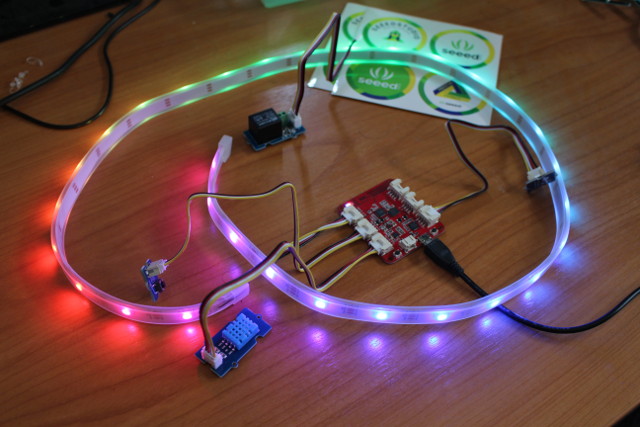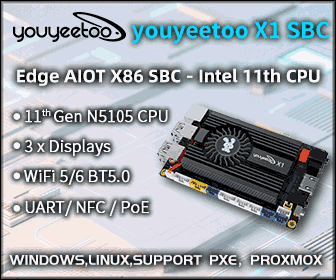Android Wear 2.0 Developer Preview Release
Google I/O 2016 has started, and among several announcements, Google released Android Wear 2.0 develop preview which according to the company is the “most significant update” since the launch of Android Wear two years ago. Some noticeable changes include: Standalone apps – Android Wear apps can now access the Internet directly over Bluetooth, Wi-Fi, or cellular, without relying on a paired smartphone or tablet. New system UI – New notification design and app launcher, as well as a new watch face picker. Material design for wearables Keyboard and handwriting input methods added Google Fit platform – Improvements to the Google Fit platform make it easier to app developers to use fitness data and detect activity. Android N Support – Data Saver, Java 8 Lambda support, emojis, etc… A new Complication API has also been added to display small pieces of information directly on the watch face. Preview images for LGE Watch […]






